Easiest way to run 100 amp wiring indoors?
jay_haitch
14 years ago
Related Stories

WINDOW TREATMENTSA Surefire Way to Prevent Sun Damage Indoors
Why let light ruin your furniture, floors and artwork, when the solution could be as simple as applying high-quality window film?
Full Story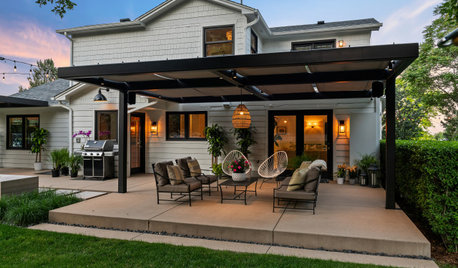
WORKING WITH PROSYour Guide to a Smooth-Running Construction Project
Find out how to save time, money and your sanity when building new or remodeling
Full Story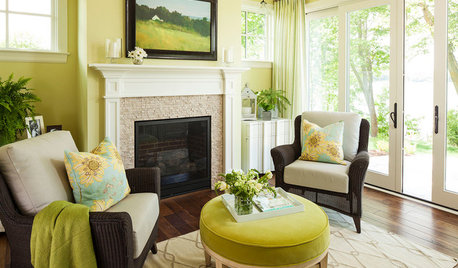
LIFEMay Checklist for a Smooth-Running Home
Sweep into wonderful weather by prepping your home for outdoor pleasures and giving accumulated muck the boot
Full Story
HOUSEPLANTSPlay Up Some Fiddleleaf Figs for a Lively Indoor Tune
Strike a dramatic chord in a minimalist scene or a country note in a rustic setting — fiddleleaf fig plants harmonize with any style
Full Story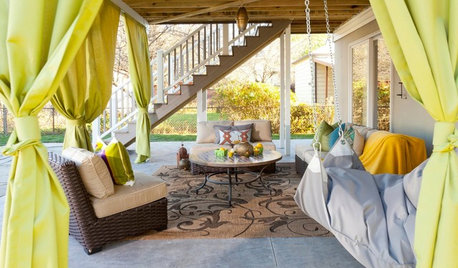
MOST POPULAR8 Budget-Friendly Ways to Fun Up Your Patio
Amp up the charm, comfort and personality of your outdoor space with drapery, lighting and more
Full Story
HOLIDAYS8 Ways to Really Slow Down and Savor the Holidays
Running amok to fit in holiday tasks can leave you frazzled and unfulfilled. Here's how to focus on what you enjoy most
Full Story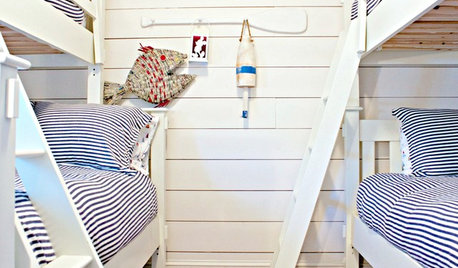
DECORATING GUIDES15 Ways to Get Your Home in a Summer Mood
Bask in the easygoing spirit of summer with breezy touches indoors and out
Full Story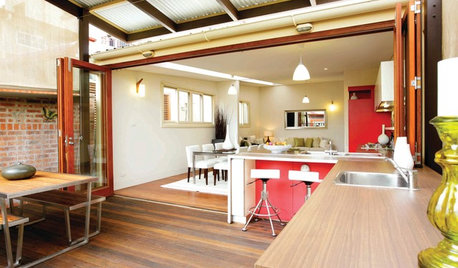
HOUZZ TOURSHouzz Tour: Way-Out-There Modern Living in Sydney
A third of its innovative kitchen is outdoors, but this modern home's indoor-outdoor connection doesn't stop there
Full Story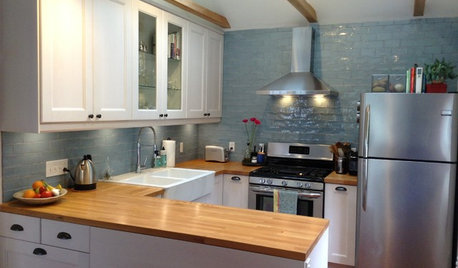
MOST POPULARThe 100-Square-Foot Kitchen: A Former Bedroom Gets Cooking
DIY skill helps create a modern kitchen where there wasn’t one before
Full Story
HOUSEPLANTS8 Essentials for Healthy Indoor Plants
Houseplants add so much to our homes — and can thrive when grown in the right conditions. Keep these tips in mind
Full Story









brickeyee
bigbird_1
Related Professionals
Converse General Contractors · Greenville General Contractors · Marietta General Contractors · Post Falls General Contractors · Selma General Contractors · Texas City General Contractors · Williston General Contractors · Fort Lee Solar Energy Systems · Rialto Solar Energy Systems · Tustin Solar Energy Systems · Grand Rapids Home Automation & Home Media · Jollyville Home Automation & Home Media · Los Angeles Home Automation & Home Media · Plainview Home Automation & Home Media · Winnetka Home Automation & Home Mediajay_haitchOriginal Author
bigbird_1
jay_haitchOriginal Author
bigbird_1
jay_haitchOriginal Author
bigbird_1
jay_haitchOriginal Author
bigbird_1